
Scat
Scat
In addition to tracks, there are a variety of other forms of indirect animal evidence.
Learning Outcome: Identify animals based on scat, as well as chew marks, rubs, and other indirect forms of animal evidence.
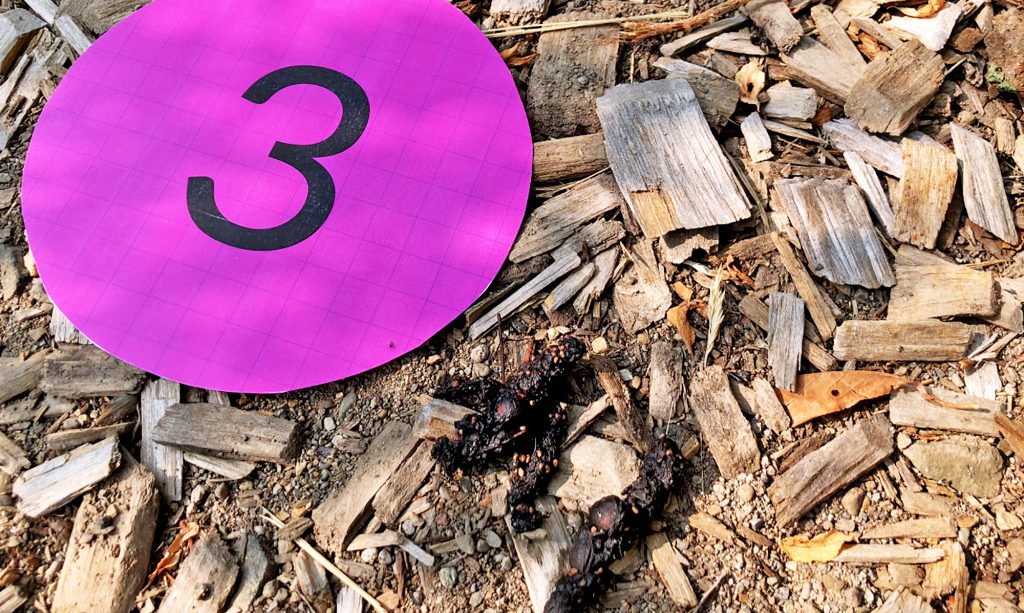
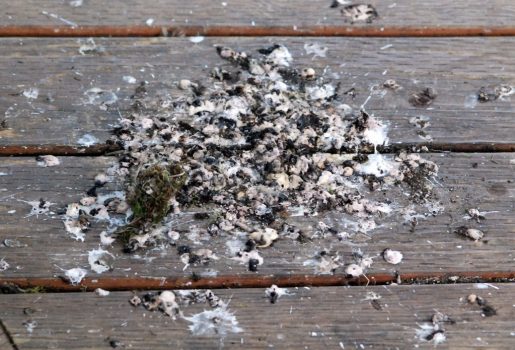
Scat is fecal material from animals, scatology is the study of fecal material including the information it conveys.
Fecal material commonly consists of undigested foods and intestinal bacteria. There are a variety of other names for fecal material including:
- frass (herbivorous insect scat)
- dung (scat from large mammalian herbivores)
- droppings (scat from birds and small mammalian animals)
If you hike, scat is some of the most common forms of animal evidence for otherwise elusive species.
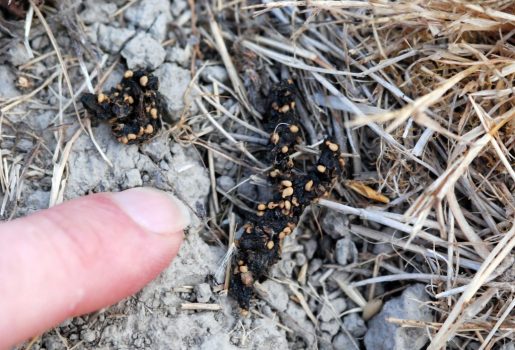
This video provides an overview of a variety of forms of animal scat.
Watch this video; you can select the closed captioning “cc” option if you would like to see the text.
Scat can indicate an animal’s diet.
Fox are omnivores and their diet varies with seasonal availability.
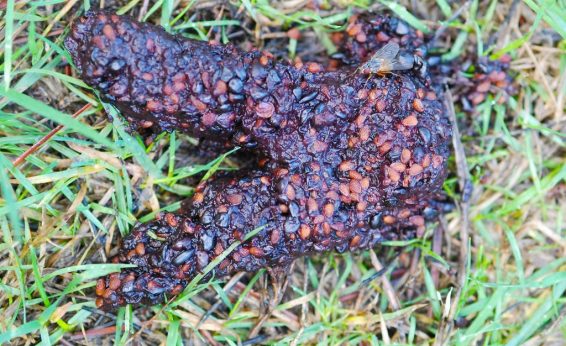
Summer
The fox is eating blackberries and cherries, the seeds are present in the scat.
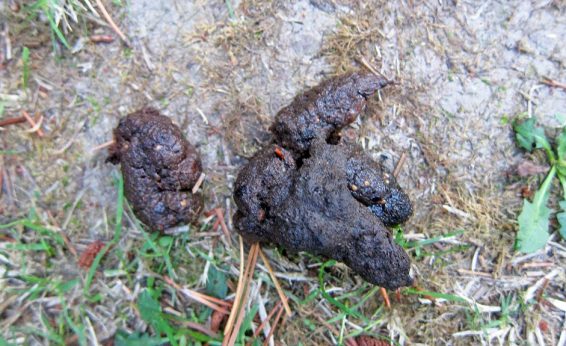
Winter
The fox is eating smaller rodents, resulting in smoother fecal material.
We had scat evidence that a fox was living in our yard months before an actual sighting.
Indirect evidence often precedes direct evidence in the field.
Another form of indirect evidence related to animals eating is damage to plant material.
This video demonstrates a variety of forms of indirect evidence of animal feeding.
Watch this video; you can select the closed captioning “cc” option if you would like to see the text.
This apple does not show discrete tooth marks and the damage varies from large gouges to small holes. It was most likely eaten by birds and insects.
In the next section, we’ll explore another form of indirect evidence: the bone remains of vertebrates.











